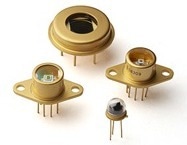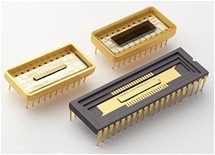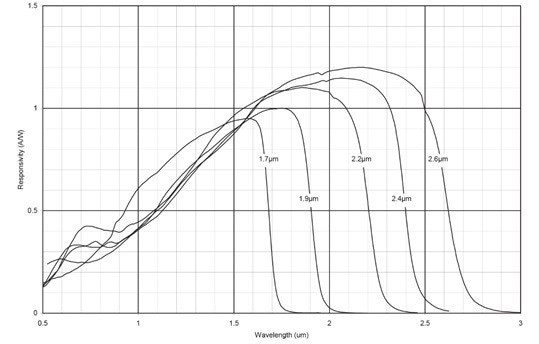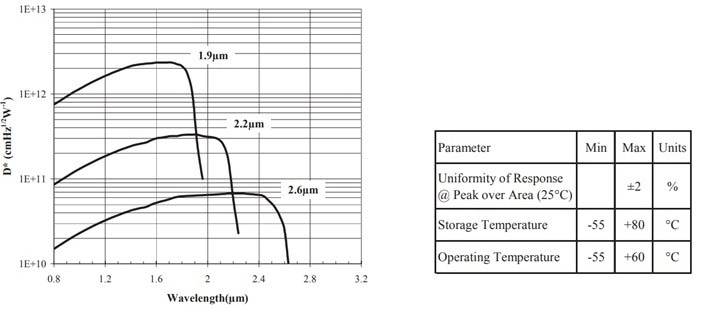Teledyne Judson Technologies provides a range of detector options for short-wave infrared sensing. One key material, InGaAs, enables both fast photodiodes as well as a very broadband response within the NIR and short-wave infrared. These sensors can be cooled to further improve their sensitivity, and can be paired with Teledyne Judsons preamplifiers and TE controllers to give a full sensing system.
Key Features
- Wide dynamic range
- High sensitivity and linearity
- Spectral range from 0.8 µm to 2.6 µm
- Uncooled and cooled sensor options
- Stable and predictable temperature response
Applications
- Raman spectroscopy
- NIR-FTIR
- IR fluorescence
- IR Spectroscopy
- Gas analysis
- Breath analysis
- Chemical detection
- Blood analysis
- Metabolite/glucose monitoring
- Optical sorting
- Pyrometry/Radiometry
- Optical power monitoring
- Laser diode monitoring
- Laser burn-in
- Laser detection and position measurement
- Optical communication
Single Element Infrared Detectors

Image Credit: Teledyne Judson Technologies
Teledyne Judson Technologies’ supplies high-performance single-element infrared detectors made with Indium Gallium Arsenide (InGaAs). These are in a range of sizes, from 40 microns to several millimeters in the diameter of the active area, and support different cutoffs from 1.7, 1.9, 2.2, 2.4 and 2.6 microns to ensure you get the highest performance and lowest dark current from your sensor for the signals you are capturing.
Teledyne specializes in full-service sales, support, and Judson’s engineering team provides custom design services for more demanding applications. The team is happy to disucss your unique requirements!
Linear Arrays
Teledyne Judson Technologies also offers multichannel linear infrared arrays with high sensitivity, high speed, and low dark currents that can be tailored to individual needs. The sensors are designed for applications requiring precise, fast optical measurements, such as FTIR, IR laser, or other spectroscopy, multipoint pyrometry, remote sensing, and life sciences.

Image Credit: Teledyne Judson Technologies
Teledyne Judson IR sensors have low crosstalk and excellent uniformity. They are available in various pixel architectures and cooling options.
Advantages of InGaAs
InGaAs detectors have four cutoff options: 1.9 µm, 2.2 µm, 2.4 µm, and 2.6 µm. Figure 1 depicts the typical response of the J22 and J23 Series InGaAs photodiodes at room temperature.

Figure 1. Responsivity vs. Wavelength for InGaAs @ 22 °C. Image Credit: Teledyne Judson Technologies

Figure 2. Typical D vs. Wavelength. Image Credit: Teledyne Judson Technologies